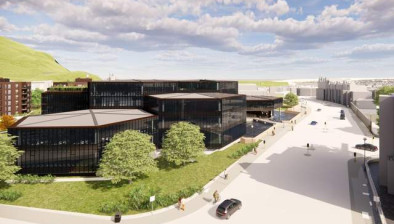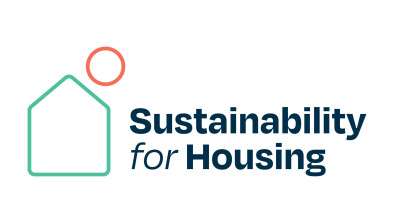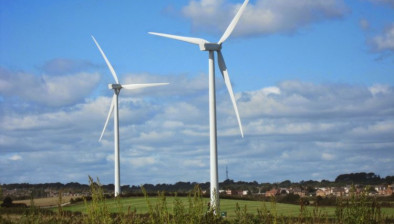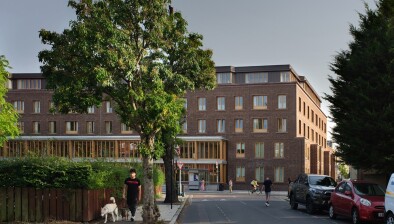Redevelopment of former Scottish Widows HQ moves to planning stage
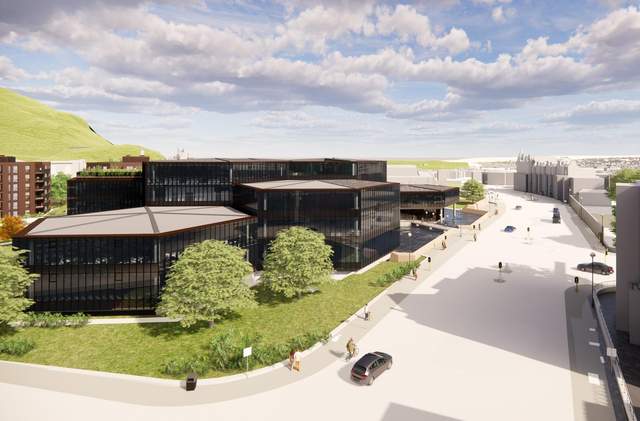
Five of the hexagonal blocks will be demolished
Plans have now been submitted for a £100 million redevelopment of the former Scottish Widows headquarters in Edinburgh.
Schroders Capital Real Estate hopes to open up the site to allow the development of a new residential quarter. A total of 194 flats – 35% of them affordable – would be built in five blocks up to seven storeys high within a landscape setting on the rest of the site.
Under the plans, five of the 12 bronze glazed, hexagonal blocks which make up the building on Dalkeith Road would be demolished along with the large underground car park.
The building will still be used for offices, with a full renovation transforming the property into an all-electric building that meets net zero carbon performance targets.
Ahead of a public consultation on the plans in May, Rebecca Gates, head of UK asset management at Schroders Capital’s Real Estate team, said: “We have challenged the design team to deliver an environmentally sustainable solution giving the building and its surrounding area a new lease of life and purpose.”
Nick Ball from Corran Properties added: “From the outset, the priority has been to preserve and retain as much of the building’s fabric and history as possible, whilst respecting its Category A listed status and its position within the Southside Conservation Area. As custodians of the building, our client provided clear goals to ensure every possible option was explored to achieve this. The building is, however, from another era and with so many advances in environmental and sustainability technology, it is no longer viable as a modern, office environment.
“By reducing the size of the building’s footprint, we can retain and improve many of the building’s historical features, create a more manageable office building, whilst the new residential quarter will create a high-quality neighbourhood that will complement the surrounding area and provide much-needed new housing in a sustainable, urban location.”






